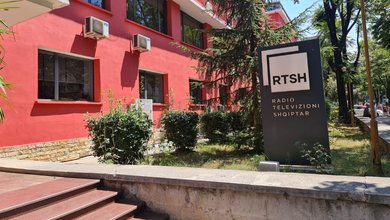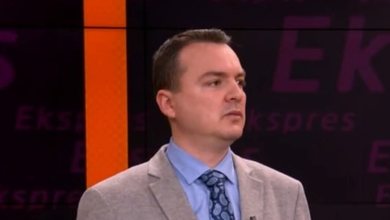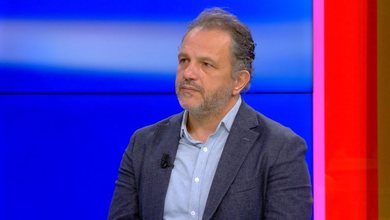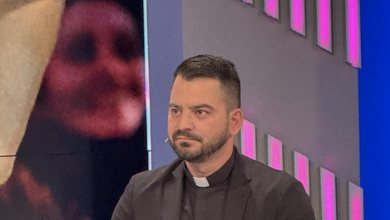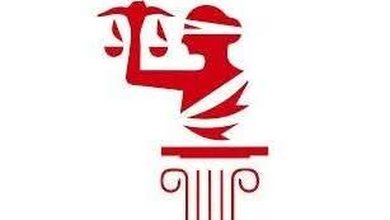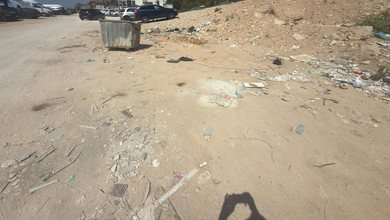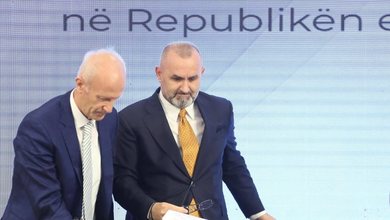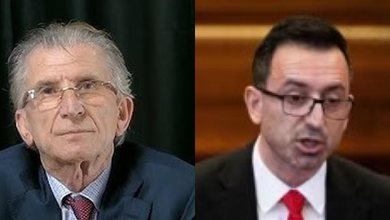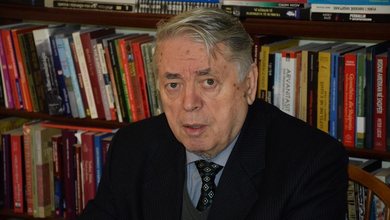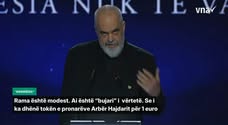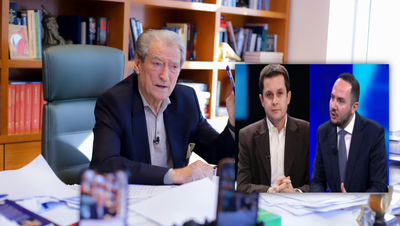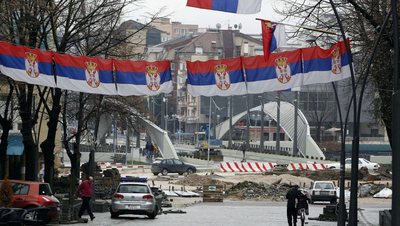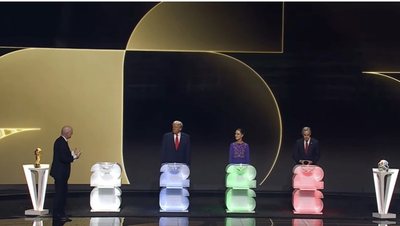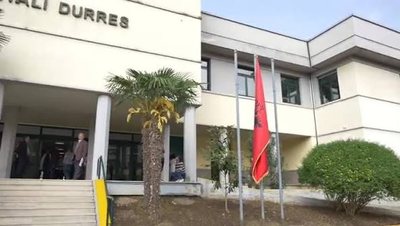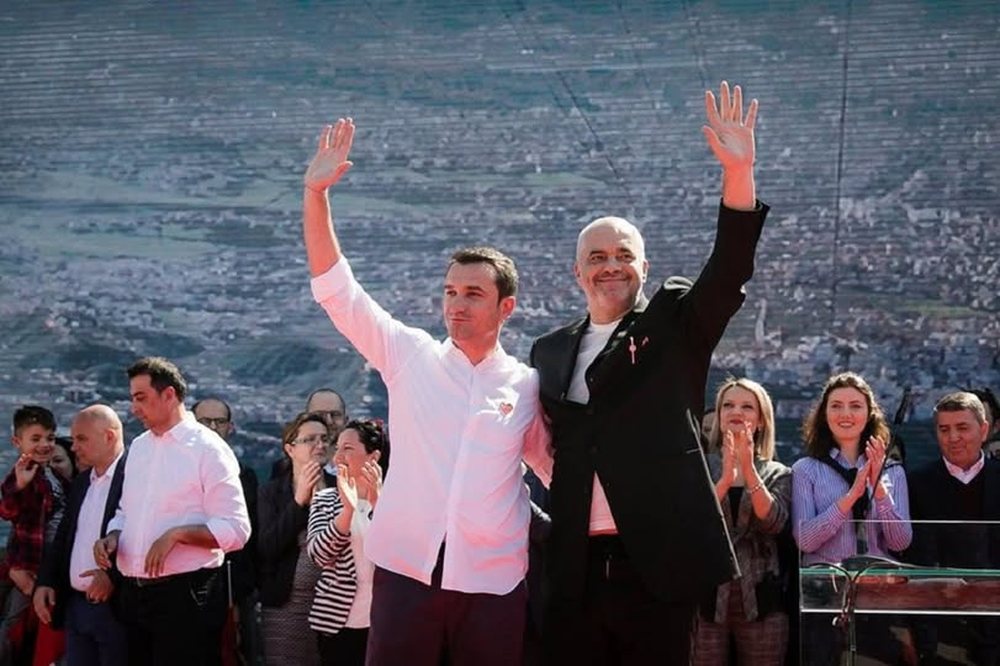
By Doriana Musai
The clergy, the clergy, faith and the besa constituted the foundation of the values of Albanian society before communism. This system was shattered, despised and then brutally attacked by Enver Hoxha and his gang in power. The year 1967 marked the violent turning point: the removal of churches and mosques from the list of cultural monuments, their destruction and the imprisonment of the clergy.
Six decades later, Albanian society has managed to recover from this open wound from the dictatorship. Freedom of religion is guaranteed and religious institutions exercise their function freely.
In 2015, just two years after coming to power, Rama’s government announced an international competition for “Faith Park.” Rama called it “a public, green space, planted with all the plants, flowers and trees mentioned in the Quran, the Bible and other holy books.” At the center of this symbolic “archipelago” would be the Pyramid of Enver Hoxha – the dictator who fought religion and declared Albania “the first atheist state in the world.”
Ironic! A regime that rose above the rhetoric of the collapse of the past, embraces the symbol of the dictatorship itself as the axis of a “park of faith”. In fact, the new regimes in Albania have never completely destroyed the symbols of their predecessors; they have used them, recycled them and clothed them with new meanings to wash away the crimes of their comrades. None of the respective prime ministers and governments opened the wounds of the dictatorship to heal them. No one opened the educational and cultural dialogue with the victims of the regime, the Albanians imprisoned for decades in the Republic surrounded by barbed wire. From the connection with Moscow in 1948, to the tabula rasa of the Ramist Renaissance, architecture and art have been used as weapons to manipulate collective memory.
The postulate "History begins with us" has been a murderous formula that has extinguished the cells of Albanian values. Hoxha started it, Rama continued it. Behind it lies the politics that have vaporized the city's memory, erased traces, deformed the common narrative by manipulating history. The politics of violence over history has not ceased: from the demolition of churches in '67 to the demolition of the Theater in 2020, everything follows the same logic of erasure and rewriting according to the interests of power.
Instead of faith and trust, today Albanians have been installed as "values" of theft, fraud, manipulation and structured criminality, which has corrupted the souls and minds of people, bringing back the motto "this country is not done".
This governance model, now codified through "artificial memory" technologies, imposes a culture where theft is seen as cleverness, deception as skill, and violence as power.
Five years after the destruction of the house of culture and art, the Theater, Rama brings to the Toptanas' apartment the idea of the Museum of Islamic Art, even though only 2 years earlier he had announced the idea of the Ethnographic Museum of Tirana - with the justification of which he expropriated the legitimate owners, with the same legal violence with which Hoxha collectivized and seized properties at the dawn of the dictatorship.
But that time and this time are very different from each other. In the operation of erasing culture and memory, Rama had Veliaj as his right-hand man. Today, his collaborator is in prison and to perhaps separate himself from him and the crimes he left behind, a new idea, a new project will have to be installed. He will have to be reborn again, now alone on the podium, through a new faith.
Therefore, a decade later, we reflect that if the Park of Faith had been a sincere project for reconciliation and the restoration of spiritual values, today, after a decade, it would have left a real mark on the city. But it remains simply a propaganda memory, a deception sold as a vision, without a project, without realization, without life. A park that was never built, but that left behind a bitter truth that in Albania, faith has become decor, while deception has taken on the status of the only common value.
At the end of the day, the question is not why the “Faith Park” was never built, but why citizens continue to accept this game with the values and symbols of history, with their properties and with collective memory. Because where faith becomes decorum and deception becomes the norm, the greatest danger is no longer the power that manipulates, but the society that learns to live in deception.


